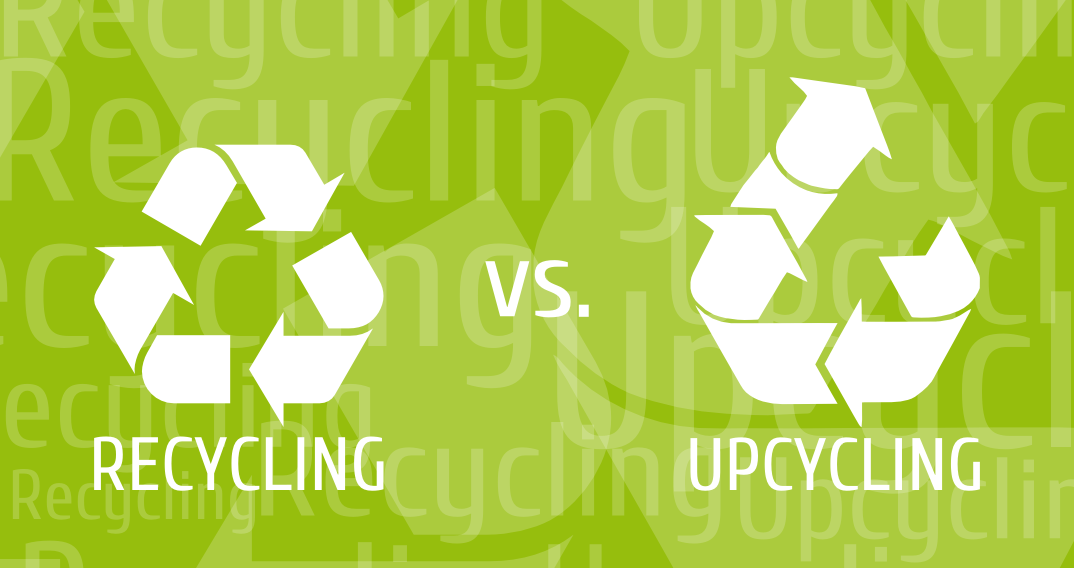When someone practices upcycling, they use creativity to transform an object, or part of it, into something new. On the other hand, recycling involves breaking down the material that would be classified as “waste” before using it again. In this sense, upcycling is a more environmentally focused activity as it does not involve the use of water, chemicals or carbon emissions, as happens with recycling.

Environmental benefits
The fashion industry is the third largest in the world but, when it supports the reuse of existing clothing, it requires a minimum of raw materials to create unique pieces and reduce waste generation.
COMMON UPCYCLING EXAMPLES UPCYCLING IN FASHION The textile industry’s production process is complex and requires large amounts of energy, water, polluting chemicals, among other resources. It is highly polluting to the environment and its supply chain is often unethical. Therefore, upcycling presents itself as a good solution that is beginning to be developed not only by small artisans, but is also starting to have a boom in companies like Patagonia (although more in a re-craftsmanship concept). Damaged clothing that is no longer suitable for use is “dismantled” and its fabrics are reused for the creation of another piece of clothing or as pouches, markers or wherever the designer’s creativity takes them.
UPCYCLING IN FURNITURE It involves using old, wasted or broken furniture and reusing it. From broken wardrobes whose shelves can be screwed to an old front door that will function as a decorative piece, or putting footstools on an open-sided bathtub and converting it into a sofa: there are no limits to the power of creativity in furniture recycling and other home items and it does not require any extra energy expenditure beyond physical labor.
INDUSTRIAL UPCYCLING There are established manufacturing organizations that reuse waste into products that reenter the consumer cycles. Examples of this are companies like Terracycle, which creates waste collection programs for waste that is impossible or difficult to recycle and ends up producing things like park benches or pencil cases or handbags from food and beverage containers.
 Love For Upcycling
Love For Upcycling
0 Comments